Bloomberg / Max Zimmerman / Sep 11, 2020
https://www.bloomberg.com/news/features/2020-09-10/what-the-world-can-learn-from-life-under-tokyo-s-rail-tracks?srnd=premium-asia
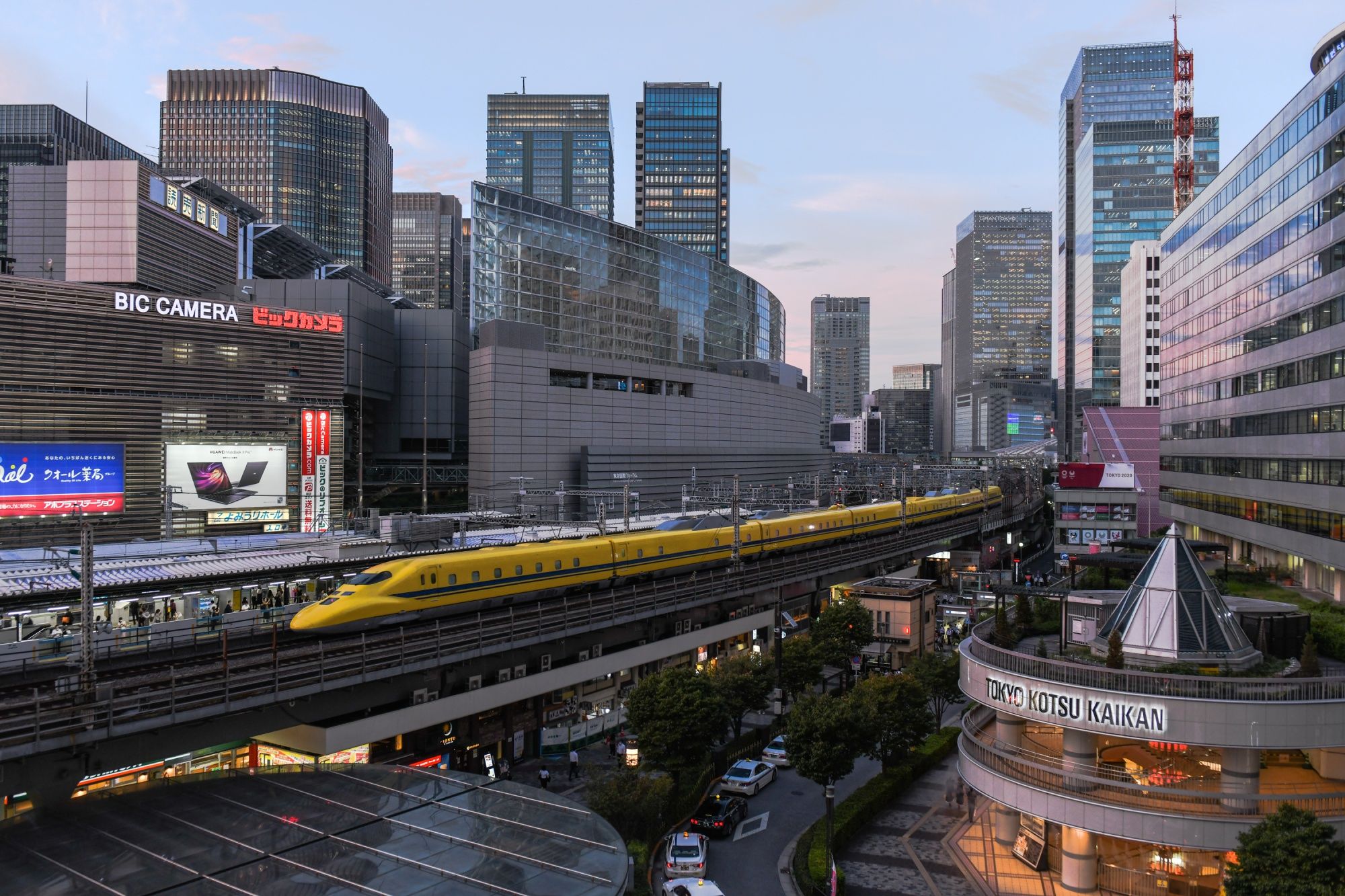
Photographer: Noriko Hayashi/Bloomberg
The spaces beneath elevated railways generally get a bad rap. At least that’s the case in the U.S. and mainland Europe, where they are often considered dark, dangerous and noisy.
In Tokyo, however, the undertracks’ reputation is rather different.
These spaces are more than just storage and parking. They are agglomerations of cozy restaurants and shops that are intimately tied to the identity of certain commercial districts. Perhaps the best-known example is near the business district of Yurakucho, where the latest overhaul of the area’s brick archways opened on Sept. 10. The arches traditionally house a jumble of old-school pubs and tiny eateries illuminated by red paper lanterns; the revamped section will modernize the interior with a walkway lit by floor lamps that guide visitors through zones of dining, retail and nightlife.
Developments outside the city center have expanded the possibilities, too: Workshops, nurseries, college dormitories and medical clinics can all be found under the tracks.

Photographer: Noriko Hayashi/Bloomberg
Japan’s first elevated rail was completed near Yurakucho in 1910. It was designed to house commercial facilities from the start; the first restaurant owner set up shop below the rail a decade later. As Japan’s economic growth accelerated in the 1950s and 1960s, the rail network boomed. Operators began to raise more trains to help ease congestion, integrating commercial facilities below some of their tracks. Since 1959, 112.2 kilometers (69.7 miles) of ground-level track have been elevated, according to government data.
“Before the war, and after in the 1960s, there was a lot of population and demographic pressure in Tokyo. So any inch of space was really valuable and people were really colonizing everywhere,” said Jorge Almazán, an associate professor at Keio University’s Center for Space and Environment Design Engineering and author of “Emergent Tokyo,” which explores the city’s use of undertrack space.
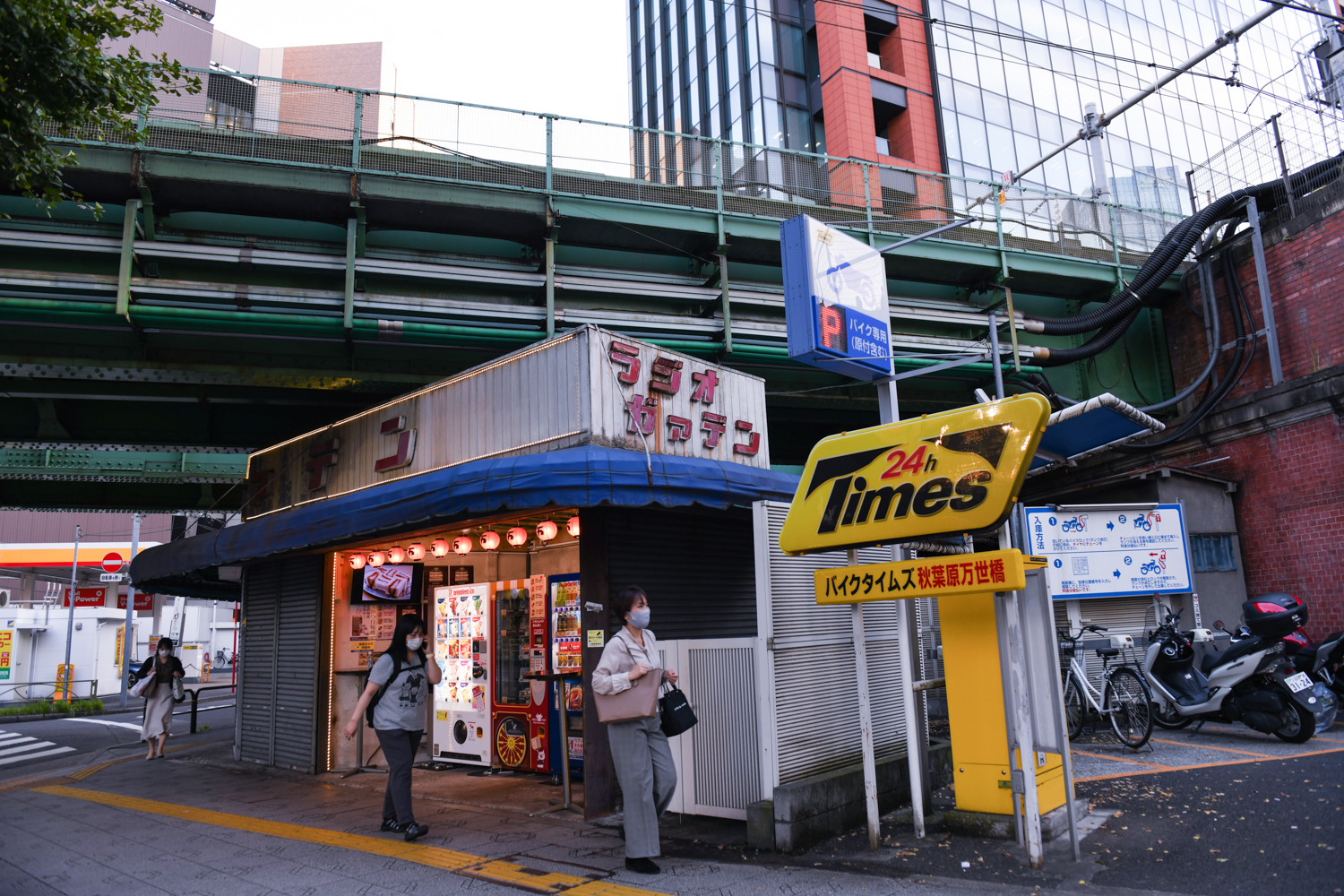
Photographer: Noriko Hayashi/Bloomberg
Japan’s early adoption of undertrack for commercial activities is relatively unusual. In cities like New York and Chicago, railways often had to be built over existing roads leaving local residents complaining of noise, lack of sunlight, pollution and filth. Elevated highways in many U.S. cities face similar criticism, and European cities like Paris encountered the same problems in building elevated rails, with the added issue of preserving the historic architecture around them. While centrally planned, public projects like the Promenade Plantée and New York’s High Line aim to revive these areas, the undertracks were — and still are — largely considered to be dead spaces that divide neighborhoods.
In Tokyo, elevated structures were often built over wider passages or in undeveloped areas outside the city center, leaving the space underneath available for use. Rather than creating a monolithic rail-and-road partition through the city, occupied undertrack spaces remained somewhat permeable and carried less of a stigma.
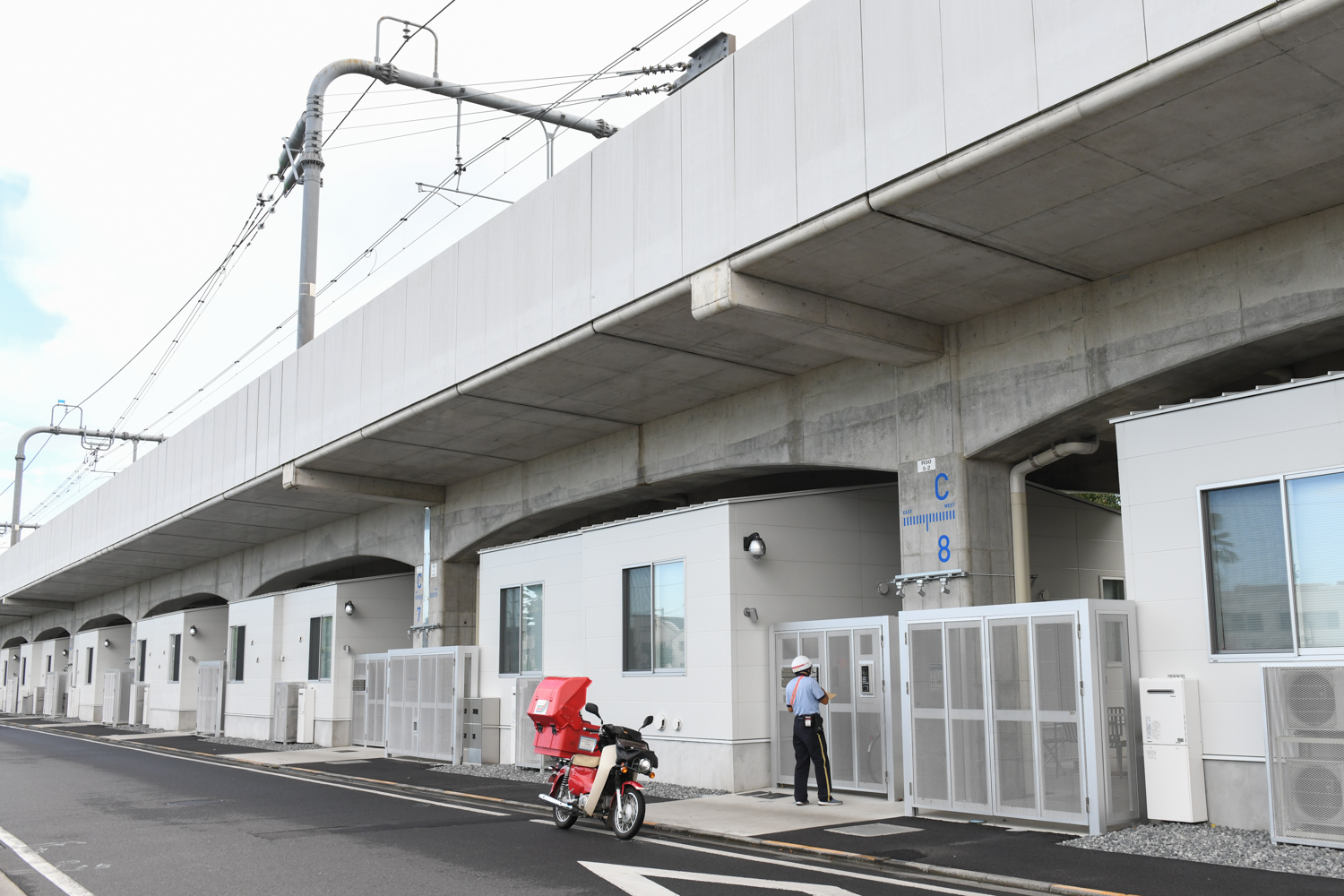
Photographer: Noriko Hayashi/Bloomberg
Japan’s early adoption of undertrack for commercial activities is relatively unusual. In cities like New York and Chicago, railways often had to be built over existing roads leaving local residents complaining of noise, lack of sunlight, pollution and filth. Elevated highways in many U.S. cities face similar criticism, and European cities like Paris encountered the same problems in building elevated rails, with the added issue of preserving the historic architecture around them. While centrally planned, public projects like the Promenade Plantée and New York’s High Line aim to revive these areas, the undertracks were — and still are — largely considered to be dead spaces that divide neighborhoods.
In Tokyo, elevated structures were often built over wider passages or in undeveloped areas outside the city center, leaving the space underneath available for use. Rather than creating a monolithic rail-and-road partition through the city, occupied undertrack spaces remained somewhat permeable and carried less of a stigma.
Newly raised lines in Tokyo’s suburbs, however, present similar issues to those in American cities. As of April 2020, 19.5 kilometers of overhead track was under construction with 12.8 kilometers more in the pipeline, according to government data. Many of these projects are located in residential neighborhoods, where rail operators have been less eager to develop the real estate.
“On the outskirts, the undertrack’s image is the same as in America: fragmenting features that are unsafe,” according to Kazuhisa Matsuda, an architect whose latest work includes an undertrack project near Tokyo’s southern border.
In these areas, Tokyo’s conventional model of retailers and restaurants would be unprofitable. Instead, novel uses that draw on local characteristics and resources have sprung up.
When a rail line near Kamata — a neighborhood not far from the city’s Haneda airport — was elevated in 2012, the area beneath the track was initially slated to become parking. Matsuda describes the adjacent road as having little foot traffic, especially after nightfall. “It was not the type of place a woman would want to walk alone. Kamata is not really that safe a place from the start,” he said.
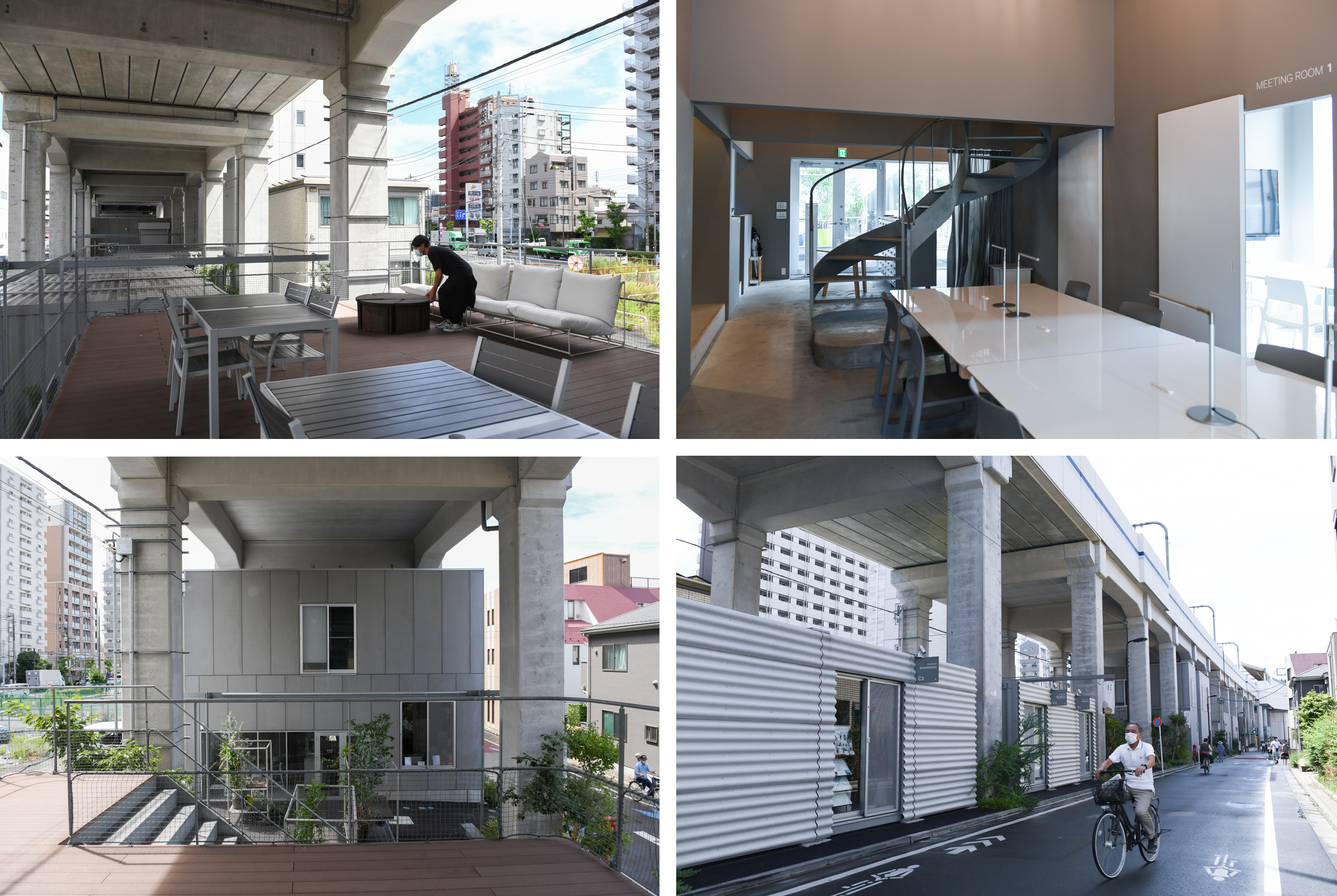
Photographer: Noriko Hayashi/Bloomberg
So a group of local designers, architects, artists and businessmen including Matsuda proposed leveraging the area’s base of small factories and craftsmen. The result was Koca, a coworking space aimed at connecting creatives with each other and local workshops that can serve their needs.
“Kamata is on the edge of Tokyo so it was a different approach here. The focus was how to develop something that will take root in the local area,” Matsuda said. The undertrack now hosts another factory next to Koca, with plans for more facilities extending to the next station north.
It’s just one example of the practice. Under a stretch of the Chuo Line, which reaches deep into western Tokyo, East Japan Railway Co. has developed not just its own shopping complex but also student dormitories serving nearby universities as well as a nursery, an event space, shared offices, restaurants and public seating. In Nerima Ward, a highly residential area of western Tokyo, Seibu Railway Co. opened a “medical mall” with three specialized clinics and a pharmacy, reducing residents’ need to travel to hospitals for minor issues.
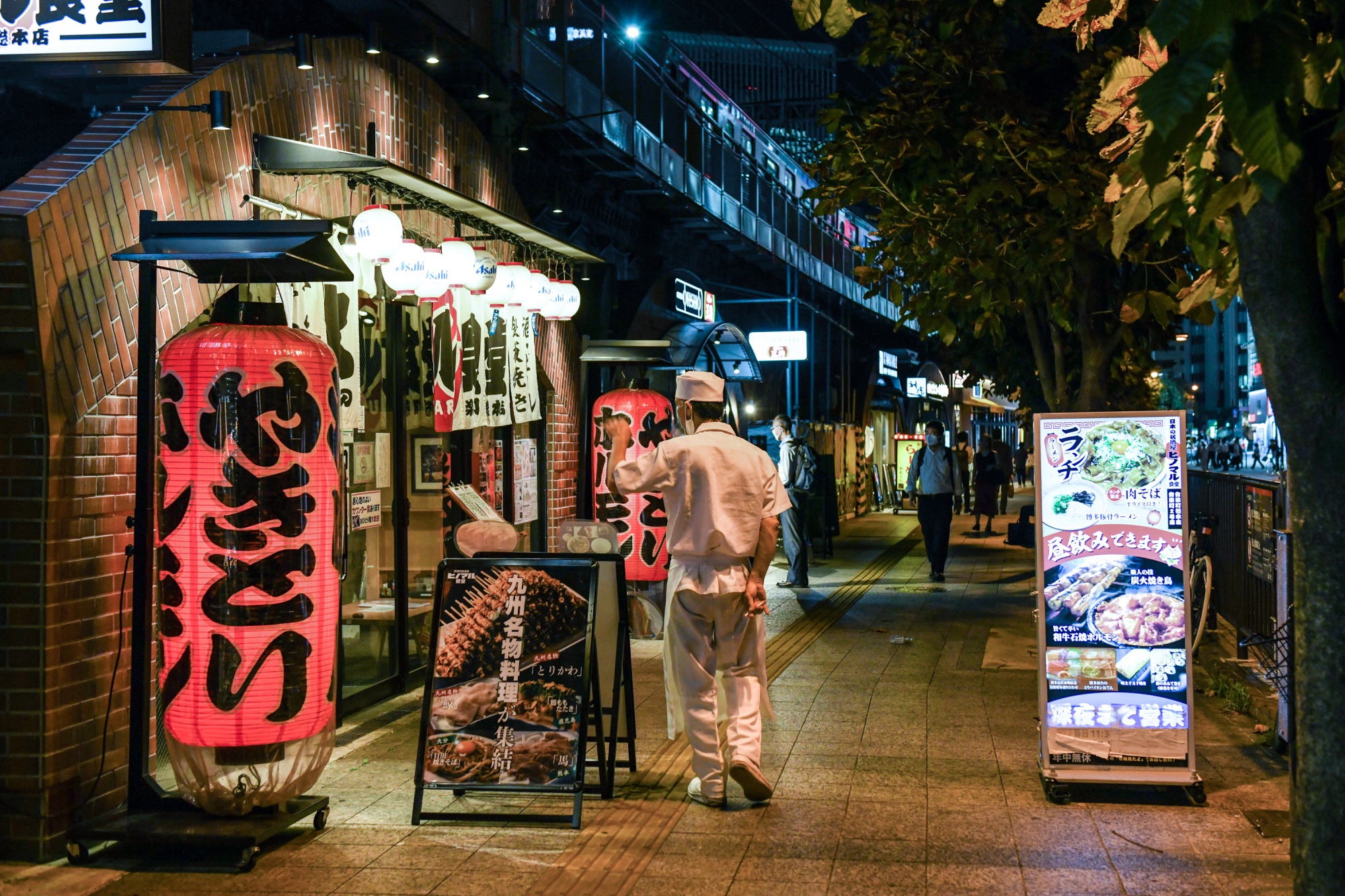
Photographer: Noriko Hayashi/Bloomberg
While Yurakucho’s most recent revamp has been led by owner JR East, key factors for many of Tokyo’s successful undertrack spaces are emptiness and economy. “One of the lessons is that when you have these kind of difficult spaces — these gaps or cracks in the city where somehow public space doesn’t work — let many entrepreneurs in, giving them very low rental prices and giving them freedom,” Almazán said.
“Historically we see that is the case, and they can turn that space into a magnet, even a connector, not a barrier.”